LOCAL HIKING
Explore the Desert
There are numerous places to get out into nature and explore the flora and fauna of the desert, all between 5 and 20 minutes away without having to go out to Joshua Tree National Park. Short trails or all day hikes. Azure Palm Hot Springs makes the perfect home base to explore desert nature, returning in the evening to watch the glow of the sunset over the valley and soak in the steaming hot springs.
Desert Hot Springs
Long Canyon
This newer trail connects Desert Hot Springs to Joshua Tree National Park, traversing wide-open desert terrain blanketed with barrel cacti, creosote, and brittlebush. The JTNP trail corridor winds through the natural wash and climbs Long Canyon, ending in Yucca Valley. Trailhead: 1.6 miles East of Azure Palm on Hacienda Avenue to Long Canyon Road, then turn left 1 mile to the trailhead.
Swiss/Bryce’s Canyon Trail
Blind Canyon
Little Morongo Trail
Cabot’s Cross


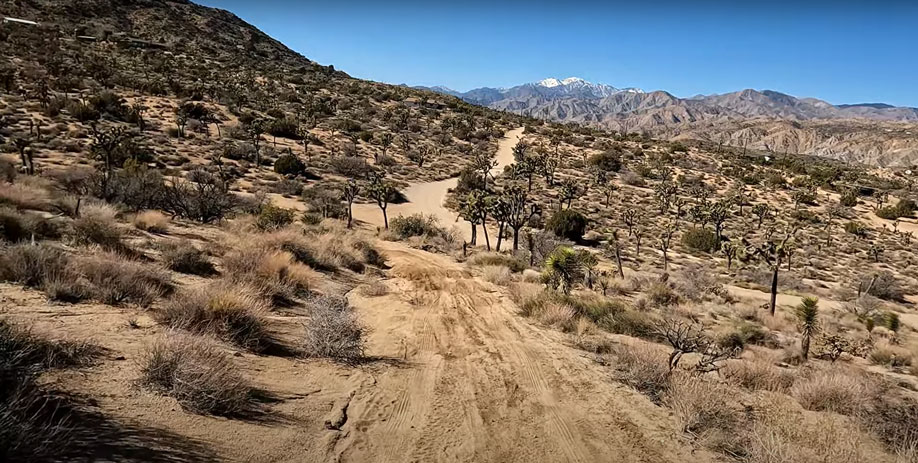
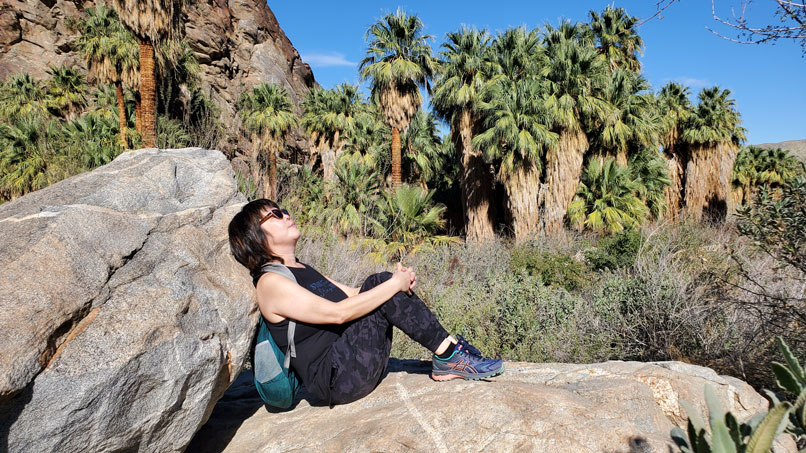

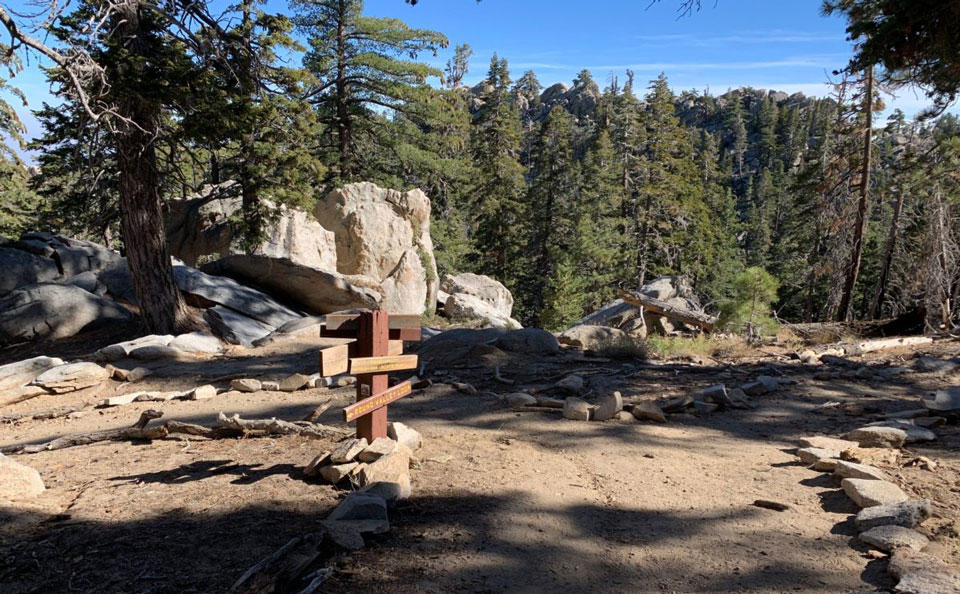
Palm Springs
Indian Canyons
Indian Canyons is a stunning nature preserve covering over 31,500 acres. Managed by the Agua Caliente Band of Cahuilla Indians, it serves as part of their reservation lands. Experience awe-inspiring canyons, distinctive rock formations, a lush tapestry of palm groves, and roughly 60 miles of trails. Three standouts include:
Palm Canyon – Palm Canyon is quite magnificent, with a length of 3-4 miles out and back. It is often cool and mostly shady, filled with fan palms of all sizes next to a stream that still has pools and springs in mid-summer, though at drier times, most water flows below ground.
Andreas Canyon – An easy 1.2-mile loop trail that follows the Andreas Creek, offering a mix of tropical palms next to tall rock formations. Home to the world’s second-largest California Fan Palm oasis.
Murray Canyon – A 4.2 mile trek across a seemingly barren desert landscape and ending up welcomed into a lush canyon oasis.
There is a fee to enter, located at the southern terminus of S. Palm Canyon Drive.
Tahquitz Canyon
Palm Springs Aerial Tramway
Hwy 62 & 10
Big Morongo Canyon Preserve
Whitewater Preserve
Mission Creek Preserve
Coachella Valley Preserve



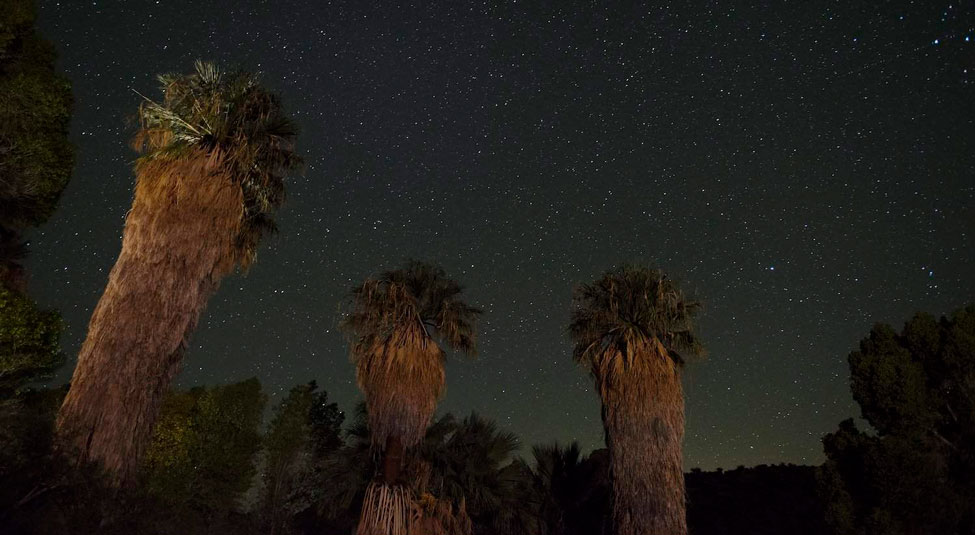

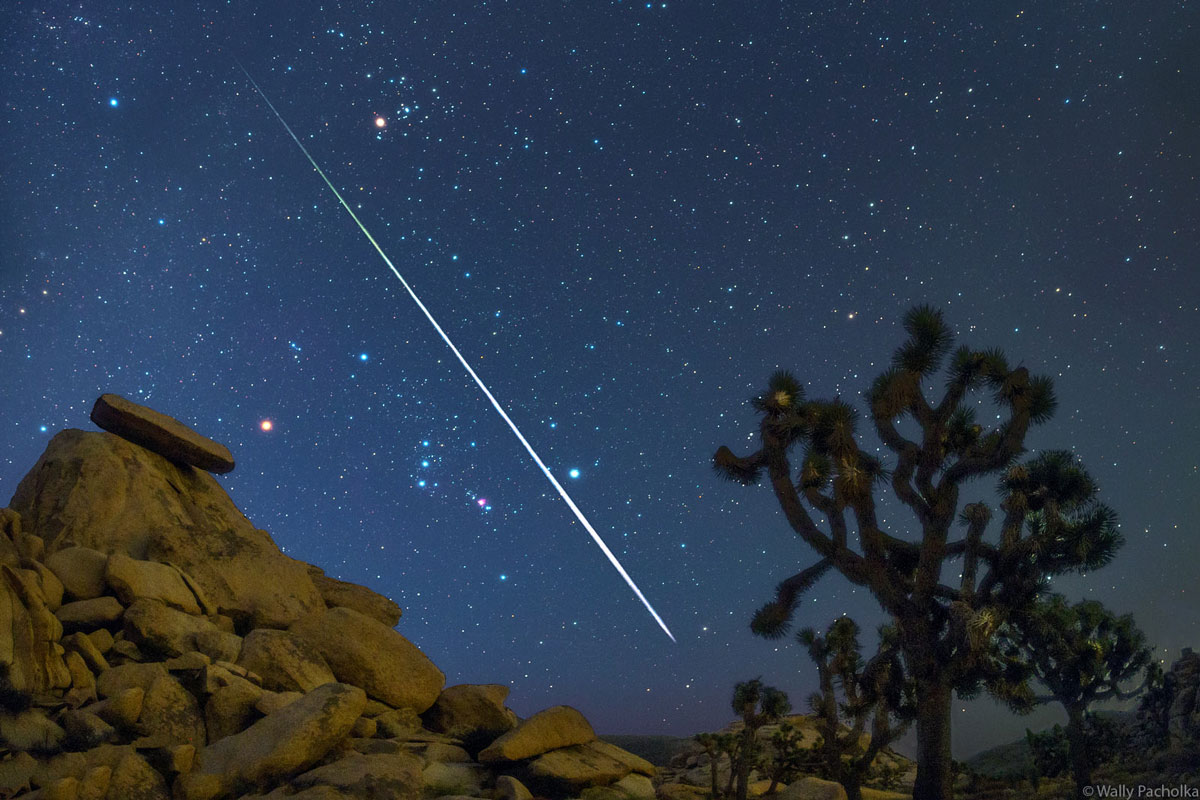
Stargazing
Azure Palm Hot Springs is the perfect base for stargazing. Not only are there several locations within 15 minutes that get you out of city lights and into the darkness, but Azure Palm Hot Springs is located just 45 minutes from the International Dark Sky Park of Joshua Tree for unparalleled stargazing opportunities.
Whitewater Preserve
Whitewater Canyon Preserve is one of the closest stargazing sites. A point of convergence for the Whitewater and San Gorgonio Rivers, it provides a fertile area for a variety of flora and fauna and boasts natural shielding from the light pollution of nearby communities and freeways making it a perfect stargazing spot on clear nights.
Desert Hot Springs’ Foothills
Want to stargaze without straying too far from your soaking tub. The foothills of the Little San Bernardino Mountains that form the southwestern part of Joshua Tree National Park are just 5-10 minutes from Miracle Hill. You won’t be within the park, but on the border, and can still enjoy the dark sky benefits that the park’s limited development offer.
Joshua Tree National Park
Joshua Tree National Park is one of the best places to stargaze in the US—maybe in the world! Designated as an International Dark Sky Park in 2017, located in the High Desert—3000-6000 feet above sea level—far from the light pollution of any major cities.
“Sky’s the Limit” in 29 Palms just outside the park hosts a monthly night sky program on Saturdays closest to the new moon.
Best Stargazing Days
targazing at Azure Palm Hot Springs is best when the sky is at its darkest or when there are celestial events to witness. When there is a New Moon or one day on either side of it, there will be the least amount of light interfering with the fainter light from stars.
Meteor showers occur when the earth passes through the trail of debris left by a comet or asteroid, and the interstellar dust enters Earth’s atmosphere at high speeds where they burn up and leave a bright streak across the sky. Watching in a Dark Sky location means a greater chance of seeing more meteors. If a New Moon falls near a meteor shower date, you can often see even more, fainter meteors. Check here for recurring dates of the strongest and most reliable showers.
